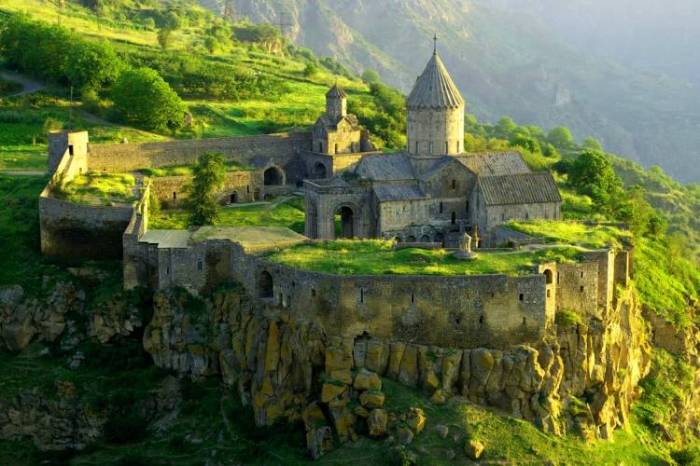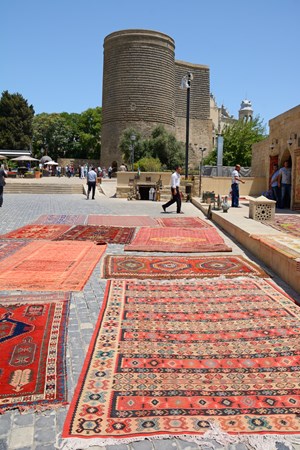UOT 930.85
https://doi.org/10.30546/3006-0346.2025.3.87.581
AİDA TEYMUROVA
AMEA A.A.Bakıxanov adına Tarix və Etnologiya
İnstitutunun doktorantı
E-mail: [email protected]
Orcid id: 0009-0002-0075-6871
The population of Caucasian Albania
(3rd-7th centuries)
A.A.Teymurova
PhD student at the A.A.Bakikhanov Institute of History and Ethnology of ANAS
SUMMARY
This article examines the ethnic composition, social and cultural structure, and the geopolitical context of Caucasian Albania during the 3rd to 7th centuries. Based on various early medieval written sources and modern scholarly research, the study investigates the origin, settlement areas, and linguistic affiliation of local tribes such as the Albans, Utians, Caspians, Gargar, Lipins, Leggs, Maskuts, Saks, and others. The paper also explores the interrelations among these tribes and their influence on the ethnocultural landscape of Caucasian Albania. The findings demonstrate that the region’s diverse ethnic composition played a significant role in its historical development.
Keywords: Caucasian Albania, ethnic composition, local tribes, historical-geographical division.
Население Кавказской Албании
(III–VII века)
А.А.Теймурова
Аспирант Института Истории и Этнологии имени А.А. Бакиханова НАНА
РЕЗЮМЕ
В данной статье рассматривается этнический состав, социальная и культурная структура, а также геополитическое положение Кавказской Албании в III–VII веках. На основе различных средневековых письменных источников и современных научных исследований анализируются происхождение, ареалы расселения и языковая принадлежность таких местных племён, как албаны, утии, каспии, гаргары, липины, леги, маскуты, саки и другие. Также исследуются взаимосвязи между этими племенами и их влияние на этнокультурную структуру Кавказской Албании. В результате установлено, что этническое разнообразие региона сыграло важную роль в его историческом развитии.
Ключевые слова: Кавказская Албания, этнический состав, местные племена, историко-географическое районирование.




